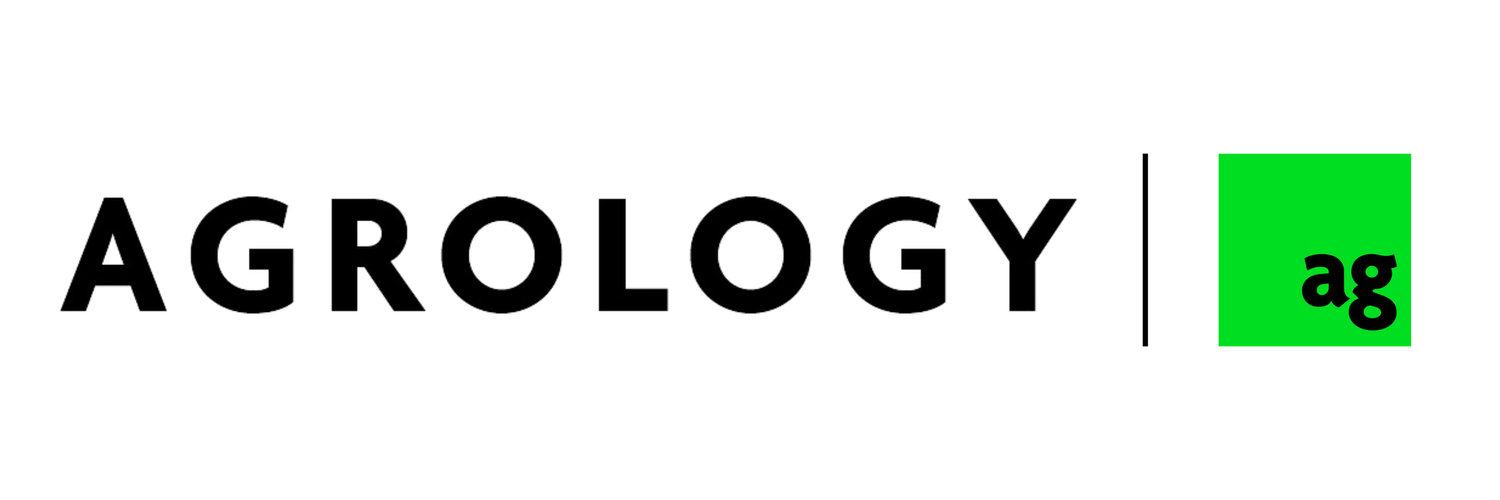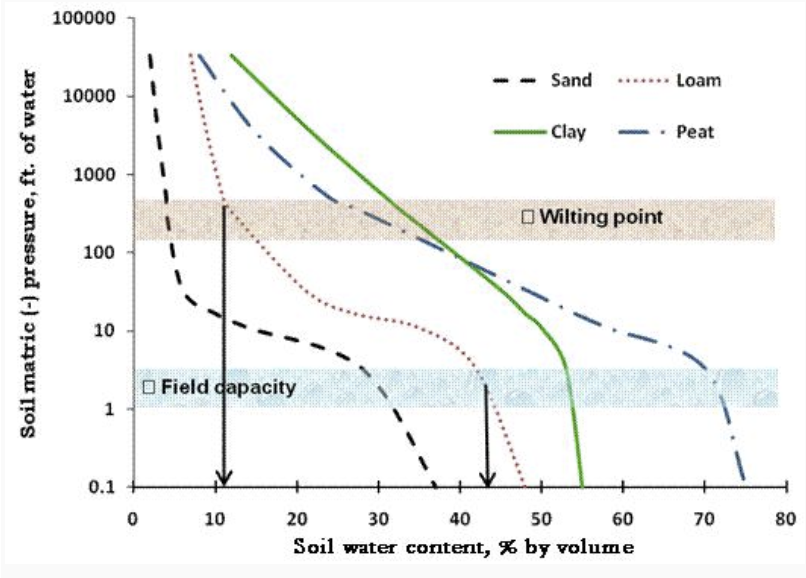The Easiest Way to Track Volumetric Water Content as the Heat Rises
By Gino Camozzi, Head of Customer Success & Partnerships -
As summer heats up and we approach harvest, being efficient with water is incredibly important. I work with growers and help them take advantage of the powerful features available in the Agrology app. One of those features is volumetric water content (VWC). As heat rises, so does the importance of knowing how tightly the soil holds water.
While water is more plentiful this year, growers are now battling to balance vineyard vigor, growth, and yield potential, while also conserving water. Because of the rain, many vineyard sites will be able to sustain heat stress this year, yet some blocks will still be in need of heat relief.
One of the best Agrology features is that, as a grower, you can use historical, real-time, and predictive data to take action in the vineyard. Our machine learning models predict important metrics like heat stress up to four days out. Knowing when to expect heat stress and how much water is available in the soil (VWC) helps you decide when to irrigate and how much water to apply. You can also overlay other metrics like vapor pressure deficit (VPD) to truly understand the level of stress on the vines. In other words, you can see block-by-block how stressed the vines are, or, will be.
Volumetric Water Content (VWC)
VWC is a leading indicator for plant stress and it’s important to keep soil types in mind as not all soil is the same (as seen here).
From saturation to wilting, the data can be wildly different depending on soil and its health. That’s why Agrology takes soil types into account in our measurements. By using Agrology data, you can mitigate heat risks and apply data to calculate irrigation, avoiding the temptation to over or under irrigate. Agrology layers on-site specific data and determines where your vineyards should be reprieved from stress.
Customers who use this data effectively make a short list of the sites in question and focus efforts there. Read our blog on how growers have used data to combat extreme heat for some ideas.
We don't stop there. We find it’s best to keep an eye on VPD and use this data, overlaid with VWC, to predict when and how to use water to cool the vineyard. By better understanding the combination of temperature and humidity, you can see if the heat that the vines are enduring is hot and dry or hot and wet. Using data you can plan action: Is it best to help the vines react or push through the extreme heat?
Here is an example of how a block’s volumetric water content data is delivered to customers in the Agrology app. Note the data overlay with VPD data and the predictions of what’s to come in the next four days.
My favorite part of our technology is Agrology’s prediction capabilities. Customers tell me that the accuracy of our predictions enables them to plan work before there is a stressful event, then move on to more important tasks.
It’s also important to note that Agrology measures and validates irrigation events as well. So once you direct your team to apply any necessary water during an extreme heat event, you can confirm that it happened and how much water was used. You can also track plant stress metrics to hone your irrigation strategy. Gone are the days of relying on your driest fields’ readings to set schedules, only to overwater everywhere else.
Curious how this works? Check out our Sentinel Climate Monitoring System to see how we measure and predict data in the vineyard.


